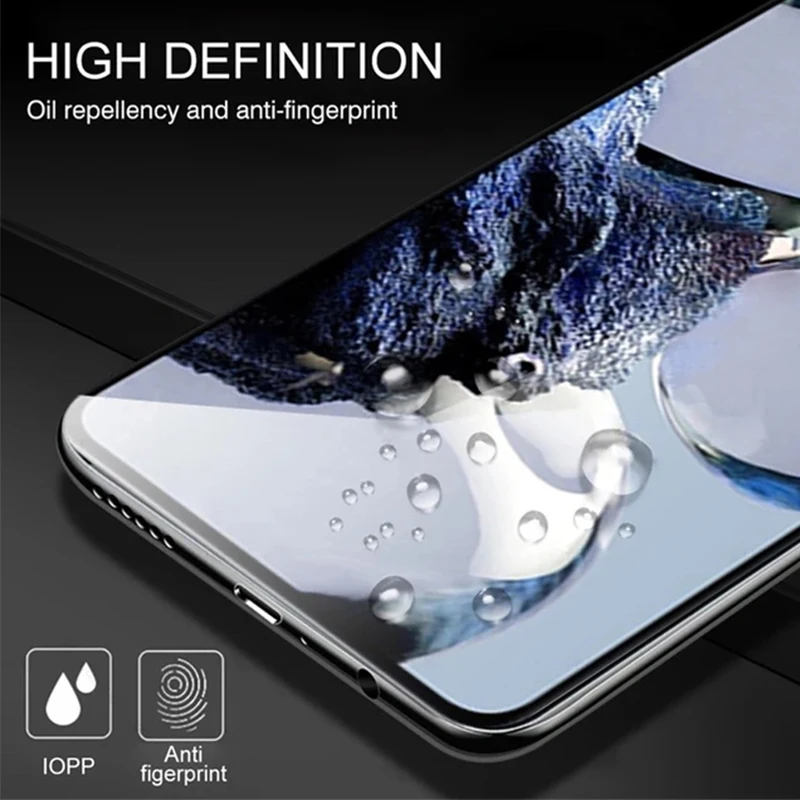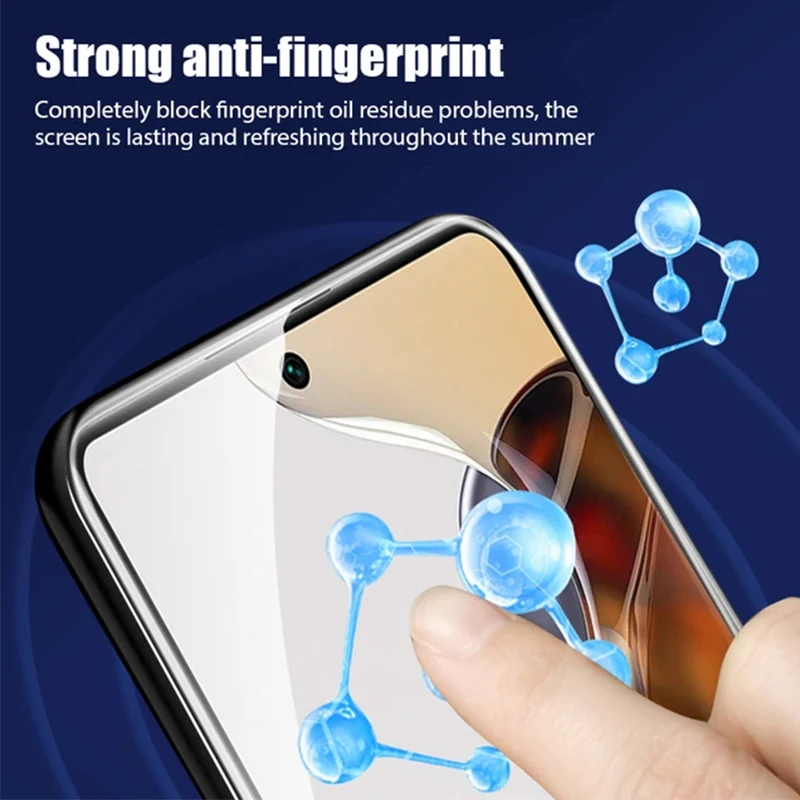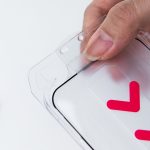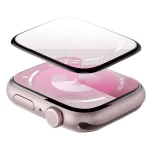Removing a screen protector from your iPhone might seem like a straightforward task, but doing it improperly can lead to damage to the device or an uncomfortable experience. This guide will walk you through the entire process, ensuring you can safely and effectively remove your screen protector without causing any harm to your iPhone.
Understanding Screen Protectors
What is a Screen Protector?
Screen protectors are thin layers of material designed to safeguard your device’s screen from scratches, cracks, and other damage. They come in various types, including tempered glass, plastic film, and liquid protectors. Each type offers different levels of protection and durability, but all serve the primary purpose of keeping your screen pristine.
Why You Might Need to Remove It
Over time, screen protectors can become scratched, discolored, or develop bubbles, diminishing their effectiveness. If you notice these signs, it might be time to remove the old protector and apply a new one. Additionally, if you’re upgrading your iPhone or changing the aesthetic of your device, removing the screen protector is often necessary. Knowing when to replace your protector can enhance your user experience significantly.

Preparing for Removal
Gathering Necessary Tools
Before you start the removal process, it’s essential to gather the right tools. You will need a few items to ensure a smooth operation: a pair of tweezers, a plastic card (like a credit card), and a microfiber cloth. These tools will help you avoid using excessive force, which could damage your screen.
Finding a Suitable Environment
Choose a clean, well-lit area to perform the removal. Dust and dirt can easily get trapped under a screen protector, leading to an unsatisfactory reapplication or scratches on the screen. A tidy workspace allows you to focus on the task without distractions and minimizes the risk of particles interfering with the process.
Step-by-Step Removal Process
Step 1: Power Down Your iPhone
The first step in safely removing your screen protector is to power down your iPhone. This step is crucial because it prevents accidental touches and ensures you have a stable surface to work with. Simply press and hold the side button until you see the “slide to power off” option, then slide to turn off your device.
Step 2: Assess the Screen Protector
Before starting the removal, examine the condition of your screen protector. Check if there are any bubbles, tears, or damage. Understanding the state of the protector will guide you on how to approach the removal process. If it’s intact, you can use a plastic card to gently lift it from the edge. If it’s already damaged, you might be able to peel it off by hand.
Step 3: Start at the Corner
Using your fingernail or a plastic card, gently lift one corner of the screen protector. This initial lift is crucial, as it allows you to get a grip on the protector. Be careful not to apply too much force, as this could crack the protector or scratch your screen.
Step 4: Peel Back Slowly
Once you’ve lifted a corner, gradually peel back the protector. Use slow, steady movements to avoid snapping it or causing stress on the screen. If you encounter resistance, stop and reassess. You may need to use the plastic card to slide under the protector gently.
Step 5: Clean the Screen
After successfully removing the screen protector, you may notice some adhesive residue or fingerprints on the iPhone screen. Use a microfiber cloth to wipe the screen gently, ensuring it’s clean and ready for a new protector. This step is essential to maintain the clarity and touch sensitivity of your device.

Dealing with Stubborn Protectors
Troubleshooting Stuck Screen Protectors
Sometimes, screen protectors can be particularly stubborn, especially if they have been on for a long time. If you find that the protector isn’t lifting easily, don’t force it. Instead, try to apply a little heat by using a hairdryer on a low setting. Hold it a few inches away from the screen to warm the adhesive slightly.
Using Adhesive Removers
For screen protectors that leave behind stubborn residue, consider using an adhesive remover designed for electronics. Apply a small amount to a microfiber cloth, not directly on the screen, and gently rub the area until the residue lifts. Ensure you follow the manufacturer’s instructions for any product you use to avoid damaging your device.
Tips for Applying a New Screen Protector
Selecting the Right Screen Protector
Once your old screen protector is removed, you may want to apply a new one. Consider the type of protection you need: tempered glass offers robust protection against drops, while plastic film is more flexible and lightweight. Evaluate your lifestyle and choose a protector that best fits your needs.
Preparing the Screen
Before applying a new screen protector, make sure your screen is entirely clean and free of dust. Use compressed air or a microfiber cloth to remove any particles that may have settled on the surface. A clean surface is crucial for ensuring that the new protector adheres correctly and performs effectively.
Maintaining Your New Screen Protector
Regular Cleaning
After applying a new screen protector, it’s essential to maintain it properly. Regularly clean the surface with a microfiber cloth to keep it free from smudges and fingerprints. Avoid using harsh chemicals or abrasive materials, as these can damage the protector and reduce its lifespan.
Recognizing When to Replace
Keep an eye on your new screen protector for any signs of wear and tear, such as scratches or bubbles. Knowing when to replace it will ensure that your device remains protected. Generally, a good screen protector should last several months, but the timeline can vary depending on usage and environmental factors.
The Importance of Compatibility
Ensuring a Perfect Fit
When selecting a screen protector, compatibility with your specific iPhone model is crucial. Each model has different screen dimensions and features, such as the notch or camera placement. A well-fitting protector not only provides better coverage but also ensures that it doesn’t interfere with case compatibility or screen responsiveness. Always check the product specifications to confirm that the protector is designed for your exact model.
Understanding Features
Modern screen protectors come with various features tailored to enhance user experience. Some offer blue light filtering to reduce eye strain during prolonged use, while others may provide additional privacy features that limit visibility from angles. Assessing these features based on your lifestyle and usage habits can help you choose a protector that meets your needs.

Installation Tips for a Flawless Finish
Preparing Your Workspace
Before installing a screen protector, prepare a clean workspace to minimize dust and debris. Choose a flat surface in a dust-free environment, and consider using a lint roller or a microfiber cloth to remove any particles from the area. This step is vital to achieving a bubble-free application and ensuring the protector adheres properly.
Step-by-Step Application
Follow the manufacturer’s instructions carefully for the best results. Typically, the process involves cleaning the screen thoroughly, aligning the protector with the edges of the device, and gently pressing it down to eliminate air bubbles. For tempered glass protectors, a firm but careful application can help ensure that it adheres evenly without cracking.
Conclusion
The Importance of Safe Removal
Removing a screen protector might seem like a minor task, but doing it correctly is vital to protecting your iPhone. By following this step-by-step guide, you can ensure that your device remains in pristine condition while effectively preparing for a new screen protector.
Embrace Your Device with Confidence
With the knowledge of how to safely remove and replace your screen protector, you can confidently maintain your iPhone’s screen. Regular care and attention will extend the life of both your screen protector and your device, allowing you to enjoy your technology to its fullest potential.


